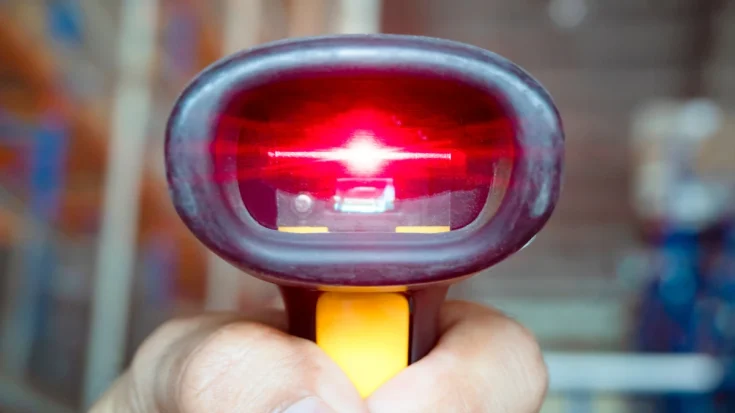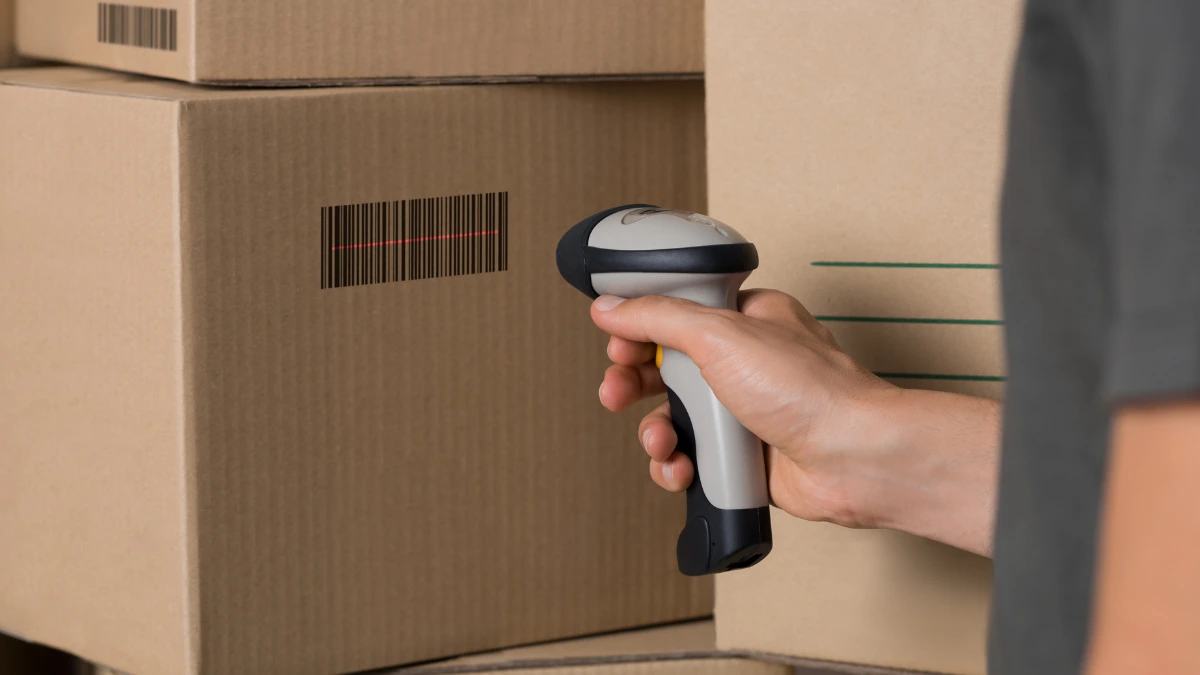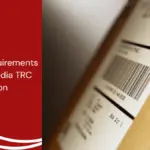Today, barcode scanners are becoming an essential tool in various sectors such as retail, manufacturing logistics, and healthcare.
With barcode scanners, the process of transferring data is faster and reduces data entry errors that usually occur in manual entry.
Do you know more about barcode scanners that you may often encounter? This article will inform you more about barcode scanners from the definition, how they work, types, functions, and regulations in Indonesia.
Also Read
Table of Contents
What is a Barcode Scanner?

A Barcode scanner is a tool that functions to scan and read the information contained in barcodes that are generally located on products, shipping labels, identity cards, or other documents.
The code contained in the barcode will be received by the barcode scanner in digital form which is then sent to the computer system or application.
Modern barcode scanners are now supported by direct integration with Point-of-Sale (POS) systems and cloud-based applications.
With this scanners, operational processes in the retail, logistics, or industrial sectors in data entry become minimal errors, do not require a long time, are efficient, and are real-time.
How Does Barcode Scanner Work?
What barcode scanners do in general is scan barcodes and convert them into digital data that can be read by a computer. Here is how it works in detail:
- The beam of light from the scanner: The scanner sensor emits light with a laser beam towards the barcode.
- The light is reflected by the barcode: The black and white lines of the barcode reflect the light into the receiving sensor.
- The reflected light is converted into electricity: The optoelectronic components in the scanner convert the reflected light into an electrical signal.
- The signal is translated into digital data: The signal from the reflected light that becomes electricity is translated into digital data.
- The data is sent to the device: The resulting data is then sent to the destination device such as a computer or application.
The Types of Barcode Scanner

Barcode scanners are divided into several types that differ in shape and technology. Usually, these types are intended for operational needs and different types of barcodes. Here are some types of scanners that are commonly used:
Fixed-mount scanners
Fixed-mount scanners are scanners that are permanently installed in one location and intended for automation of production lines, goods conveyors, or logistics systems. These scanners allow for automatic scanning on the fly without human intervention.
Handheld barcode scanner
Handheld barcode scanners are scanners that you may often encounter, as they are often found in cashiers or warehouses. This scanner is operated manually, usually held in the hand and pressing the button on the scanner to scan the barcode. This type of scanner can be customized according to mobility needs, as it is available in wired (USB) or wireless (Bluetooth) versions.
2D image scanner
2D image scanners are not only able to read traditional 1D barcodes but can also read 2D barcodes such as QR Codes. This type of scanner is also widely used in various sectors such as health, transportation, and ticketing. This type of scanner has the ability in one scan to be able to read complex data.
Omnidirectional scanner
Omnidirectional scanners are designed to read barcodes from various angles without having to arrange them precisely. This type of barcode is typically used in busy environments, where transaction speed is a top priority.
The Functions of Barcode Scanner
Barcode scanners have main functions ranging from speeding up the data transfer process to increasing work efficiency. Here are some of its main functions:
- Speeding up the data transfer process: With a the scanner, the data scanning process becomes faster and more efficient because it can be directly inputted into the system without the manual data input process.
- Reduce human error: In manual data inputting, errors often occur, with a scanner data transfer becomes more accurate.
- Increase work efficiency: With a scanner, employee work becomes more efficient, because they can work faster and more accurately in performing various tasks.
Barcode Scanner Regulations in Indonesia

The barcode scanner uses communication technologies such as Short Range Devices (SRD) that operate within a specific frequency spectrum. In Indonesia, any SRD-based wireless device is required to have DJID (Directorate General of Digital Infrastructure) under the Ministry of Communication and Digital (KOMDIGI).
Barcode scanner regulation is based on KEPMEN No. 260 Tahun 2024, which requires all radio frequency-based devices, including barcode scanners, to meet specific technical standards before being sold in the country.
The DJID certification ensures that the product meets government safety and quality regulations and does not interfere with other communication devices. The certification process involves technical testing, such as frequency adjustments, safety checks, and compatibility with the surrounding environment.
Once the tests are completed, products that pass are listed in a Test Result Report, which confirms that the product is safe and ready for sale in Indonesia. This report reassures customers that the product meets technical standards and is secure.
For companies wanting to sell a barcode scanner in Indonesia, Type Approval Certification Services for ICT Products are available to assist with this process. This service includes preparing technical and legal documents, conducting required testing, ensuring compliance with regulations, helping companies streamline the certification process, and giving consumers confidence in certified products.


















